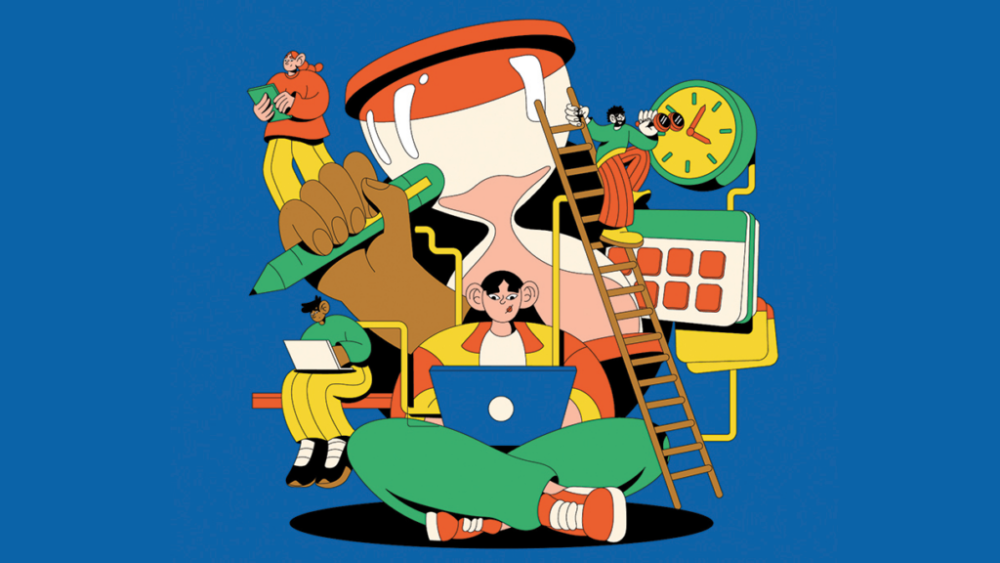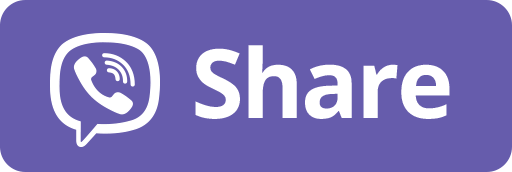📌 AI tạo sinh đang định hình lại vai trò quản lý trung cấp bằng cách tự động hóa điều phối và trao quyền cho nhân viên chuyên môn. Nghiên cứu trên 50.000 lập trình viên cho thấy AI giúp tăng tính tự chủ, giảm nhu cầu quản lý dự án. Người có kỹ năng thấp hưởng lợi nhiều nhất, giúp quản lý tập trung vào công việc chiến lược hơn. Doanh nghiệp cần xác định rõ nhiệm vụ để tự động hóa và người hưởng lợi, đồng thời xoa dịu lo ngại từ phía quản lý.
It’s been less than three years since OpenAI introduced ChatGPT, but the technology has already begun to transform work. Tasks that once consumed large parts of many employees’ days can now be done more quickly—and in some cases automatically.
Now researchers are focusing their attention up the org chart and asking a related question: How will gen AI change the work of middle managers?
A research team led by Harvard Business School professor Manuel Hoffmann wanted to understand how people use gen AI, and the team’s conclusions suggest the technology is helping individual contributors take on tasks once done by managers. From 2022 to 2024, the researchers studied 50,032 global software developers, of whom half used GitHub Copilot, an open-source gen AI code-writing system. Copilot is mainly used by programmers to generate code snippets, helping them write code faster, solve problems more quickly, and learn on their own. Hoffmann and his colleagues observed more than 2.4 million actions taken on the platform, which they grouped into two categories: core work (coding) and managerial work.
“Studying developers and how they used GitHub provided us with really detailed information about their work,” Hoffmann says. “This allowed us to follow their activity with precision and granularity to determine if gen AI was really changing how they work, and in what way.”
They found that having access to Copilot caused people to shift task allocation toward their core work and away from project management activities. Coding activities as a percentage of all work activity increased by 5%, while project management as a percentage of all activity dropped by 10%. Hoffmann’s team identified two underlying mechanisms driving this shift. First, using gen AI allowed coders to work more autonomously, and because they were collaborating less, it reduced the need for them or their managers to coordinate tasks or projects with others. Second, because the new tool let them write code more quickly, developers could increase the time they spent on exploration activities, such as learning or trying something new.
The authors believe these findings can help companies flatten their reporting structure. What do they mean by that? They don’t suggest companies will eliminate middle managers altogether, but they do believe AI will allow firms to reduce the number of people in these roles. For the middle managers who remain, the technology will reduce the time they spend coordinating and supervising workers or serving as a liaison between lower and upper management—that is, typical middle manager work. As gen AI becomes better at scheduling, coordinating, and checking quality, the remaining managers should be free to do more valuable work, including pitching in on the hands-on tasks typically done by individual contributors (in a software environment, this might be coding). They should also have more time to investigate process improvements or experiment with new products.
But maximizing AI’s potential in this manner requires more than updating the org chart. To flatten a company’s hierarchy, or simply free middle managers from some project management responsibility, companies must address two critical questions: What do we automate and who are we benefiting?
Determine what to automate.
Although the GitHub Copilot example focuses solely on coders and their managers, any company can use gen AI to free middle managers from their traditional tasks. The key is determining which tasks are ripe for automation and which should be conducted manually.
But before you decide which tasks to automate, Hoffmann recommends doing what his team did when they started the GitHub study. They cataloged every task they observed as either a project management task or a coding task. Any company, no matter the product or industry, can audit their tasks in this manner. Once you’re done, you’ll be able to rethink which tasks could shift from middle managers to gen AI.
During the study, Hoffmann and his team observed a distinction between coders who used gen AI and those who didn’t. The gen AI group was less likely to ask managers or peers for help. That’s not all. For nearly all activities, in both core work and project management, developers who used Copilot worked in smaller groups than those who didn’t. A similar experiment can benefit most companies. Observe how your team uses gen AI and find areas where it can increase autonomy.
“Gen AI can, in some instances, replace a manager, mentor, or any other individual that junior employees may ask for help,” Hoffmann says. “Managers don’t always have time for people. And their teams don’t always have the bandwidth to meet in very large groups. But with gen AI, people can figure things out by themselves without the need for that extra layer of management.”
Determine who benefits the most.
Hoffmann’s team made another critical observation: Coders who were less skilled than their peers benefited more from gen AI. This occurred partly because they were more likely to conduct coding activities and less likely to conduct project management activities than high-ability developers were. Past research has shown that people tend to trust their own knowledge and experience more than an AI system’s. In other words, the less you know about a topic, the more likely you are to rely on AI’s expertise.
Hoffmann views this as a major opportunity for companies to relieve middle managers from the burden of having to upskill low performers, among other benefits. Because low performers can now use gen AI to instantly learn and improve on their own, managers can focus their time on more-important, hands-on work. This represents hours saved for each manager for each low-performing individual. It also represents added hours of productivity for everyone involved. This information can help middle managers better understand their employees’ strengths and weaknesses. Do low performers understand what work they need to do and the quality that is expected, for example? What knowledge do high performers have that can be shared with lower-skilled workers? Armed with this knowledge, middle managers can better determine why employees are struggling. They can then help employees develop methods to autonomously use gen AI to improve.
You shouldn’t focus solely on low performers. Gen AI offers ample opportunity for employees of all skill levels to improve at a wide variety of tasks. Although Hoffmann’s research focused solely on coding, observing how both high and low performers use gen AI—no matter the field—will present additional opportunities for improvement and hierarchy flattening. But if you don’t speak to people and learn what they’re doing, you’ll never know which knowledge and skills can be transferred across your entire team or workforce. And you’ll never know which tasks you can relieve your middle managers from having to perform.
“We will likely see an increase in agility in companies that use gen AI,” Hoffmann says. “This will lead to the flattening of corporate hierarchies, which will help streamline productivity and reduce the need for so many middle management tasks.”
“AI Is Blurring the Lines Between Middle Managers and Associates”
Edwige Sacco is the head of Workforce Innovation at KPMG. She focuses on business strategy, work transformation, and large-scale talent innovation. She spoke with HBR about her team’s gen AI use and how it has impacted middle management and associate-level hierarchies.
Has gen AI helped flatten your organizational structure?
I think we were already on a path to flattening. Society is shifting to a skills-based workforce. We are beginning to define someone’s contribution by their skill set, by the value they create, and less so by their role. Because AI can serve as a helper, a mentor, a creative partner, or an information source, anyone can contribute at a higher level, which is blurring the lines between middle manager and associate tasks.
Does this mean associates are doing what managers used to do?
In some ways, yes. My expectations of associates have skyrocketed. Because of AI, an associate should be able to show up prepared for a meeting or a strategic conversation the way a manager or above used to.
Can you offer an example?
Our projects typically start with a discovery process. We go to the client and ask them questions to try to understand how they work and what their status is. Associates used to compile the information, review it, and recommend what to do with it. Today, gen AI helps them do this in three hours when it used to take five. They’ve gained two hours. My highest performers use that time to upskill. They offer to do things a middle manager does. They focus on harder, more advanced stuff. They take on more work, or they shift their focus to more strategic work. How they decide to repurpose their time is something I pay close attention to.
Have some middle managers taken on executive-level work?
Absolutely. Here’s one example: So many of my conversations are about designing a solution to a problem. We’ve got to strategize to design a fix. Typically, we fix things based on our own standard methodology. Each problem has a different methodology for fixing it. The expectation used to be that a middle manager was an expert on the methodology. But now, when you bring gen AI into the mix, you can train it to master and explain the methodology to anyone. People can read about the methodology, ask gen AI about it, and come to a strategy meeting already knowledgeable. This frees middle managers to execute on the methodology by speaking directly to clients. They’re spending less time learning and teaching the methodology, and more time linking the methodology to the client’s problem.
Have you met resistance from middle managers? Do they feel threatened by AI’s capabilities?
We’ve made great strides, but we still have a percentage of people who are resistant. I would like to think I’ve created a safe space for people to explain why. Rather than have them hide it, it gives me the opportunity to speak to them about their fears. I tell them that AI can’t do one of the most critical aspects of their job. They know how to speak to our clients. They can read between the lines, and help others articulate a problem, and explain what they need to solve it. These are human-centric conversations AI can’t have today. And they were conversations middle managers seldom had time to have before.




